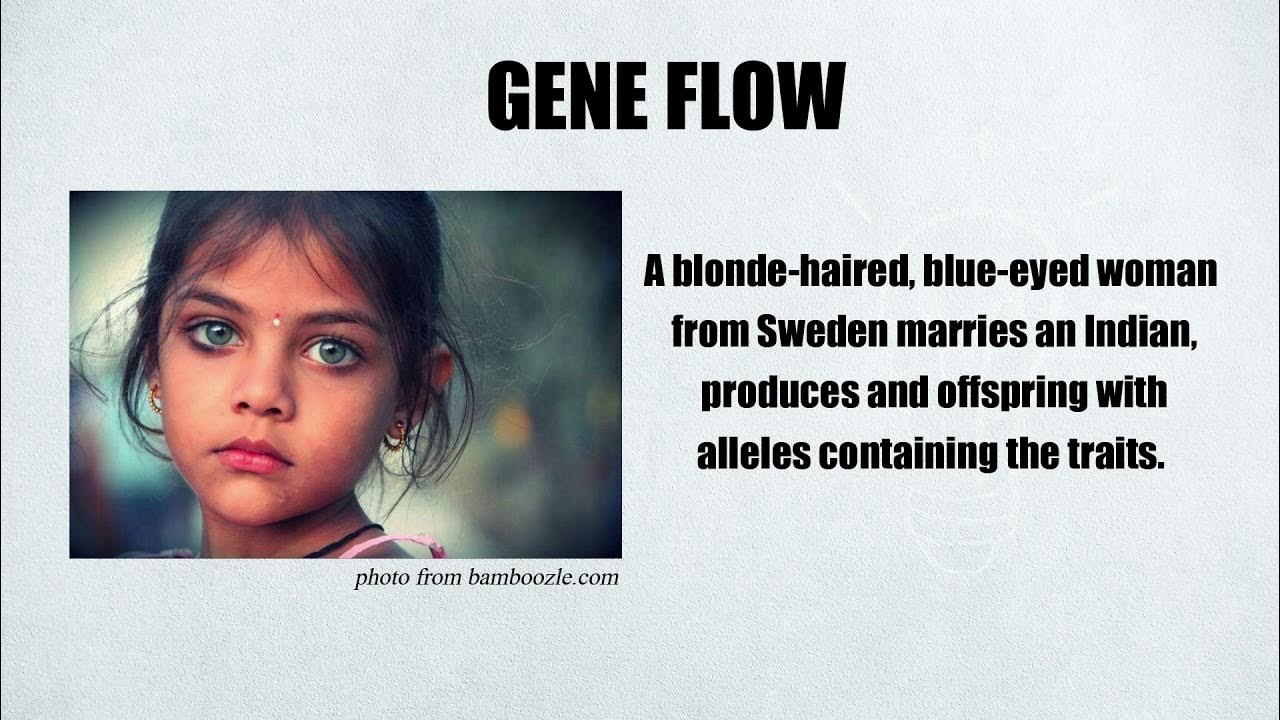Richard Dawkins | Memes | Oxford Union
Summary
TLDRIn this lecture, the speaker explains the concept of evolution and gene replication, emphasizing that genes make near-perfect copies across generations, leading to natural selection. He introduces the concept of 'memes'—units of cultural inheritance that replicate like genes, such as tunes or ideas passed from person to person. The speaker highlights the analogy between meme replication and natural selection, despite objections regarding mutation rates. He uses examples like the game 'Chinese Whispers' to illustrate how some memes remain intact, while others change due to misunderstanding or language barriers.
Takeaways
- 🧬 Genes make exact copies of themselves through generations, which is why we explain evolution in terms of changes in gene frequencies.
- 🌍 If life exists on other planets, it would likely follow Darwinian principles with some form of replicator similar to DNA, even if it isn't DNA itself.
- 🧠 The concept of memes was introduced to show that anything capable of replicating itself, like genes, could be subject to natural selection.
- 🎶 Memes in human culture are ideas, behaviors, or styles passed from one brain to another, like whistling a tune or copying a style of dress.
- 📊 Memes, like genes, are subject to a form of natural selection where some are more likely to be copied and spread because they are more 'catchy.'
- 📖 The meme concept was initially introduced to illustrate that natural selection doesn't have to only apply to genes—it could apply to other replicators.
- 🗣️ Objections to meme theory include high mutation rates since memes are not always copied as accurately as genes.
- 📞 The 'Chinese Whispers' or 'telephone' game illustrates meme mutation, but simple, easily remembered memes can be transmitted with little or no change.
- 🗣️ Changes in accents, voice pitch, or tone when transmitting memes are usually trivial and don't significantly alter the original message.
- 🌍 Cultural transmission of ideas (memes) may vary depending on shared understanding, as seen in the example of a rhyme passed in a familiar language versus an unfamiliar one.
Q & A
What is the primary reason evolution is explained in terms of gene frequencies?
-Evolution is explained in terms of gene frequencies because genes make exact copies of themselves through generations, allowing for significant differences between successful and unsuccessful genes.
What analogy does the speaker use to explain the concept of memes?
-The speaker uses the analogy of a tune being whistled, passed from one person to another like a virus, to explain how memes spread through cultural inheritance.
How does the speaker define a meme?
-A meme is defined as a unit of cultural inheritance that behaves like a gene, being copied from one brain to another, much like the way genes are passed from generation to generation.
Why does the speaker believe that life on other planets would likely be Darwinian?
-The speaker predicts that if life exists on other planets, it would likely be Darwinian because any form of life capable of copying itself would require some equivalent of genes, allowing for natural selection.
What are some examples of memes provided by the speaker?
-Examples of memes include whistling a tune, styles of dress, accents, favorite words, pottery styles, and wood carving techniques.
What is the role of natural selection in the context of memes?
-Natural selection applies to memes in the sense that some memes, like catchy tunes or popular styles, are more likely to be copied and spread, similar to how certain genes are more successful in reproduction.
What is the main objection raised against the theory of memes?
-A major objection to the theory of memes is that the mutation rate for memes is too high compared to genes, which are copied with high accuracy, whereas memes can change or mutate more easily.
How does the speaker address the issue of meme mutation, using the example of the telephone game?
-The speaker explains that in the game of 'telephone' (or 'Chinese whispers'), mutations in the message occur, but if the message is simple and short, it can survive through multiple generations intact, just as certain memes can remain stable.
How does the speaker distinguish between trivial mutations and significant ones in the transmission of memes?
-Trivial mutations, such as changes in accent or voice pitch, do not alter the core message of a meme, whereas significant mutations, like word changes, can alter the meme and be noticeable in transmission.
What point does the speaker make by comparing memes transmitted in familiar versus unfamiliar languages?
-The speaker highlights that memes transmitted in a language familiar to the recipients (like English speakers) are more likely to survive intact, while memes in unfamiliar languages (like Bulgarian) are more likely to mutate or become garbled.
Outlines

This section is available to paid users only. Please upgrade to access this part.
Upgrade NowMindmap

This section is available to paid users only. Please upgrade to access this part.
Upgrade NowKeywords

This section is available to paid users only. Please upgrade to access this part.
Upgrade NowHighlights

This section is available to paid users only. Please upgrade to access this part.
Upgrade NowTranscripts

This section is available to paid users only. Please upgrade to access this part.
Upgrade NowBrowse More Related Video

Mutations and Evolution

Five fingers of evolution - Paul Andersen

Richard Dawkins and long-time rival Denis Noble go head to head on the selfish gene | Who is right?

Pengertian Evolusi

Evolution 2023: Gene family expansions underlying a host-plant shift in Manduca sp. - Jay Goldberg

GENERAL BIOLOGY 2, MECHANISMS THAT PRODUCE CHANGE IN POPULATIONS
5.0 / 5 (0 votes)